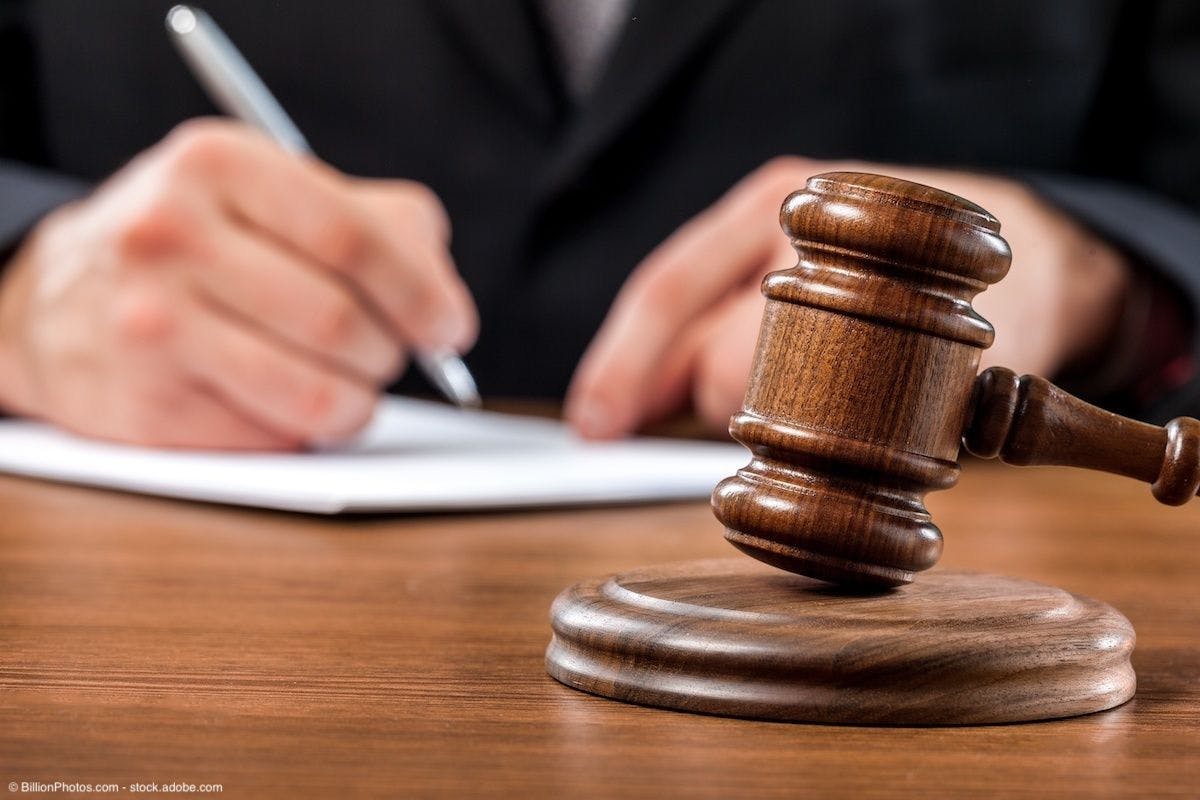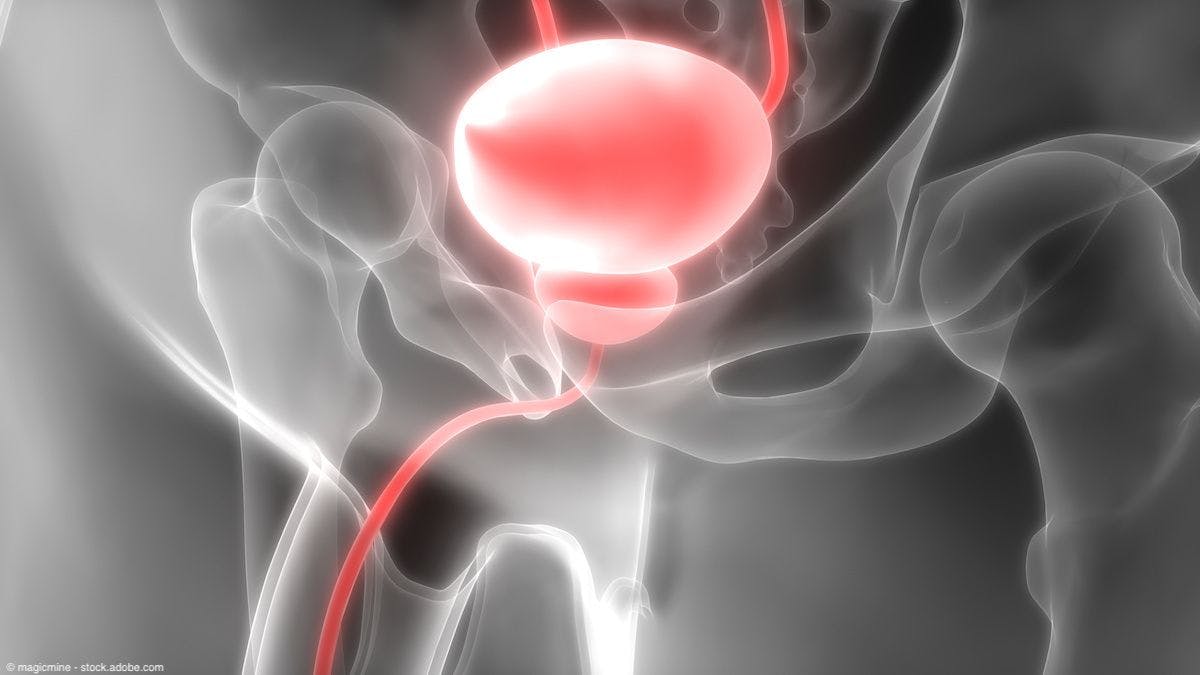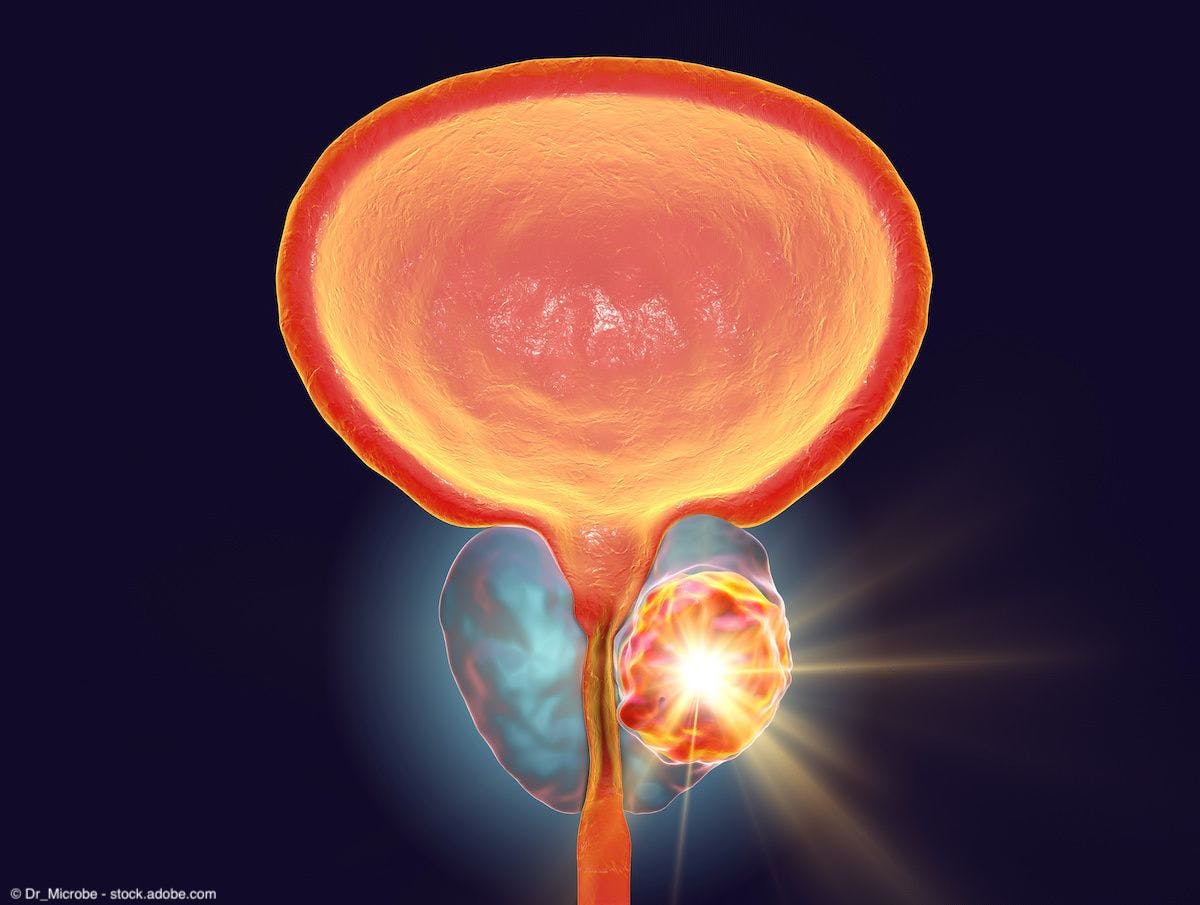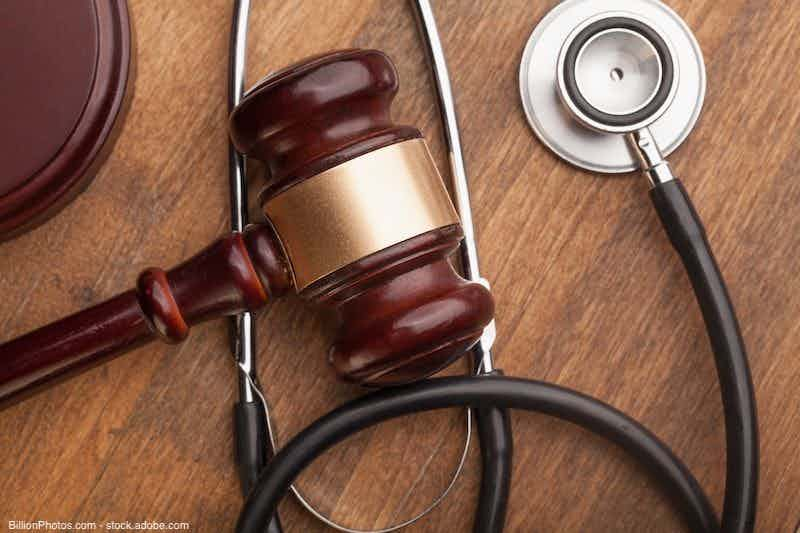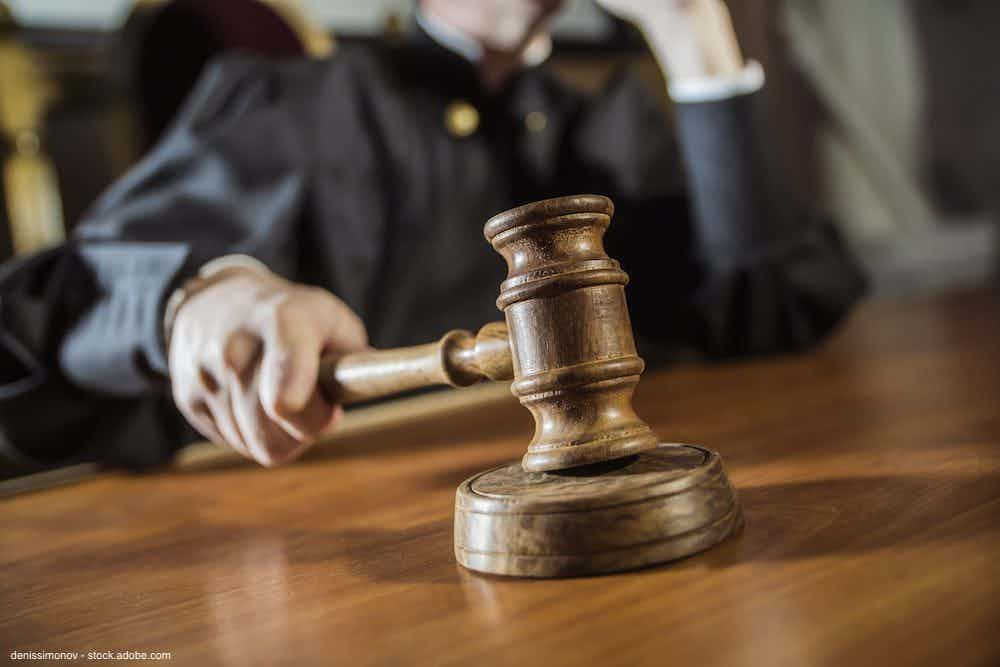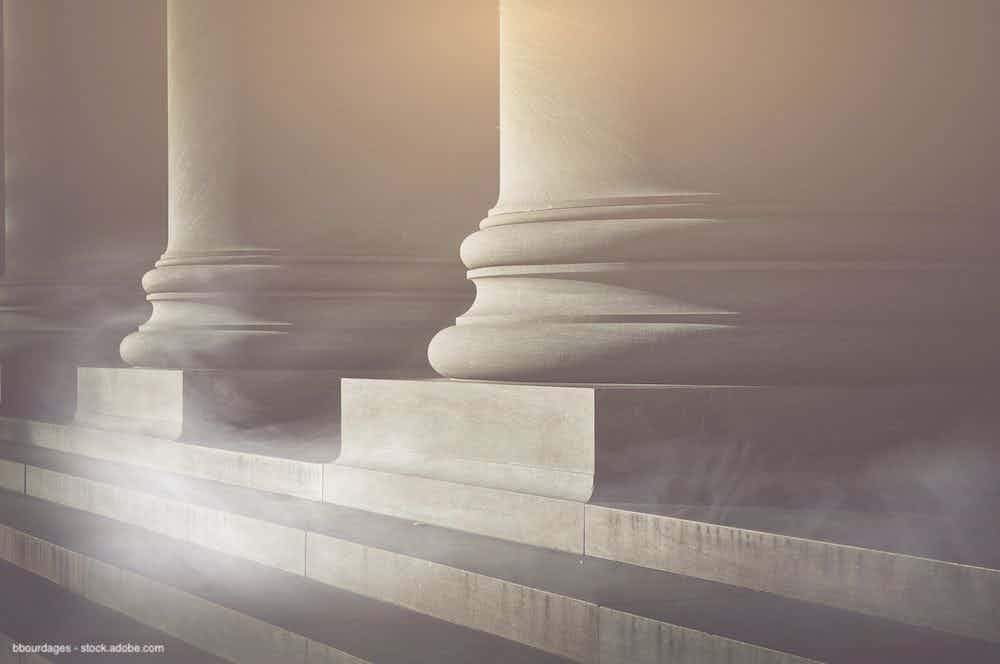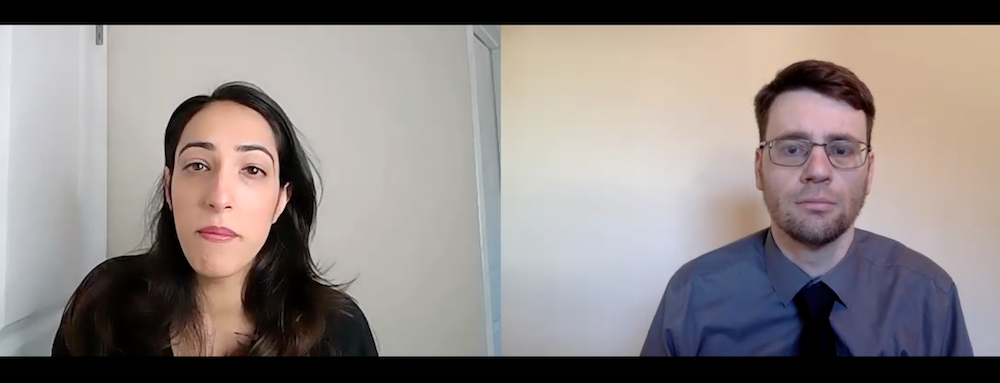Commentary
Article
Urology Times Journal
Malpractice Consult: What cross-examination of lay witnesses entails
Author(s):
"Cross-examination offers the other side the opportunity to poke holes in the witness’s story contemporaneously, helping the jury evaluate the credibility of the witness in real time," writes Kenton H. Steele, Esq.
Kenton H. Steele, Esq

This column, part of our continuing series on the anatomy of a medical negligence trial, will focus on the cross-examination of lay witnesses. Cross-examination is when one side has the chance to ask questions of the other side’s witness. This typically occurs immediately after the direct examination of the witness by the attorney who has called the witness to testify. This is done in the form of leading, or closed-ended, questions. Cross-examination is generally limited to questioning on matters that were discussed during direct examination.
There are several goals for cross-examination, including calling into question the witness’ credibility, correcting factual issues, and providing the rest of the picture from the witness’s testimony. Cross-examination offers the other side the opportunity to poke holes in the witness’s story contemporaneously, helping the jury evaluate the credibility of the witness in real time.
Unlike in direct examination, cross-examination is the time for the attorney to be the star of the show. But not every cross-examination between the witness and opposing counsel is heated or tense, despite what the movies may have you believe. In medical negligence trials, the plaintiff or plaintiff’s family will be the primary lay witnesses presented. They may have testified about the plaintiff’s injuries or limitations or other pertinent information. As such, there is often a significant benefit to approaching these witnesses with courtesy.
One of the key aspects of cross-examination is witness control. The attorney cross-examining the witness should ask leading questions, questions that imply the answer, to avoid the witness launching into a narrative. For example, if the attorney wants to get the fact that the sky is blue on the record, he or she should ask, “The sky is blue, right?” rather than “What color is the sky?” This allows the attorney to maintain control of the witness and the story they are telling the jury, which is especially important when it is not your witness on the stand.
Another way to maintain control during cross-examination is to ask about only 1 fact per question. Asking about more than 1 fact at a time allows the witness to answer only part of the attorney’s question. Additionally, keeping each question to being about only 1 fact keeps the jury engaged and makes the attorney’s cross-examination easy to follow.
As you may have heard, an attorney should ask only questions they know the answer to. This allows the attorney to effectively impeach the witness if they lie, omit, or bend the truth on the stand. For example, a cross-examining attorney should know the witness’s deposition answers, discovery responses, or other testimony. This allows the attorney to confront the witness with their testimony for an effective impeachment if they deviate from the truth. Impeaching an opposing witness will diminish their credibility with the jury, and their testimony will carry less weight.
Finally, the attorney should get a clear answer to each question before moving on to a new topic. Because the witness and attorney are not on the same side during cross-examination, it may take the attorney several attempts to get a clear record of the witness’s answer, but an attorney should take the time to get it.
Cross-examination helps get the entire story on the record. If a witness omitted part of the story from their direct examination, cross-examination offers an attorney a chance to flesh out that story immediately.
Join us next time as we discuss the direct examination of expert witnesses.

Newsletter
Stay current with the latest urology news and practice-changing insights — sign up now for the essential updates every urologist needs.



